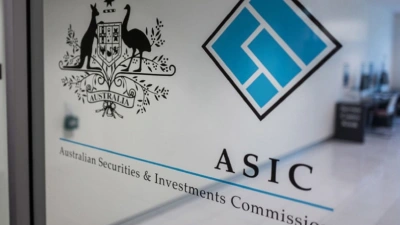ASIC staffers likely to move into higher salary brackets


Australian Securities and Investments Commission (ASIC) staff are likely to be paid at financial services market rates under the industry funding arrangements which will see them moved out of the Australian Public Service, according to outgoing ASIC chair, Greg Medcraft.
Medcraft, who will shortly end his tenure as chair, has used an address to the West Australian Chamber of Commerce and Industry to take ownership of the change to ASIC’s funding model and its consequences.
What is more, he said ASIC’s exit from the Australian Public Service would see the regulator’s staff “appropriately compensated in a competitive market”.
He said the implementation of industry funding represented a big part of positioning ASIC for the future and that it was his view that those who generate the need for regulation should pay for it.
“So the industry funding model will bring fundamental changes to the way ASIC operates but crucially, provides a price signal for the use of our resources,” Medcraft said. “This has been a long campaign and one of which I am particularly proud.”
On the question of ASIC losing its public service, the ASIC chair said the Government had announced it would be introducing legislation to make it happen.
“This is another change we have campaigned for,” he said. “It will increase our flexibility in ensuring staff are appropriately compensated in a competitive market. Very few of our staff are recruited from the public service.”
Recommended for you
AMP has cut its executive remuneration following shareholder pushback which sees chief executive Alexis George’s maximum-possible remuneration reduced by almost $1 million.
CoreData research has highlighted Australian financial advice practices are expanding beyond traditional financial advice and reinforcing the power of a professional network to build their service offering.
ASIC has suspended the Australian Financial Services Licence of a Melbourne-based financial advice firm.
South Australian financial advice firm Calder Wealth Management has announced a strategic partnership with a risk advice firm.














